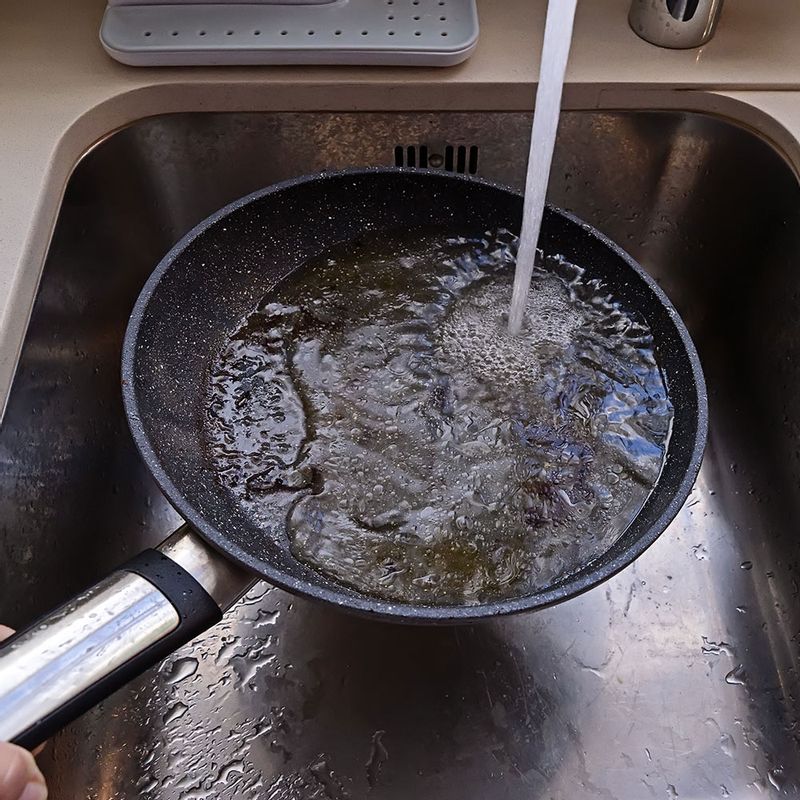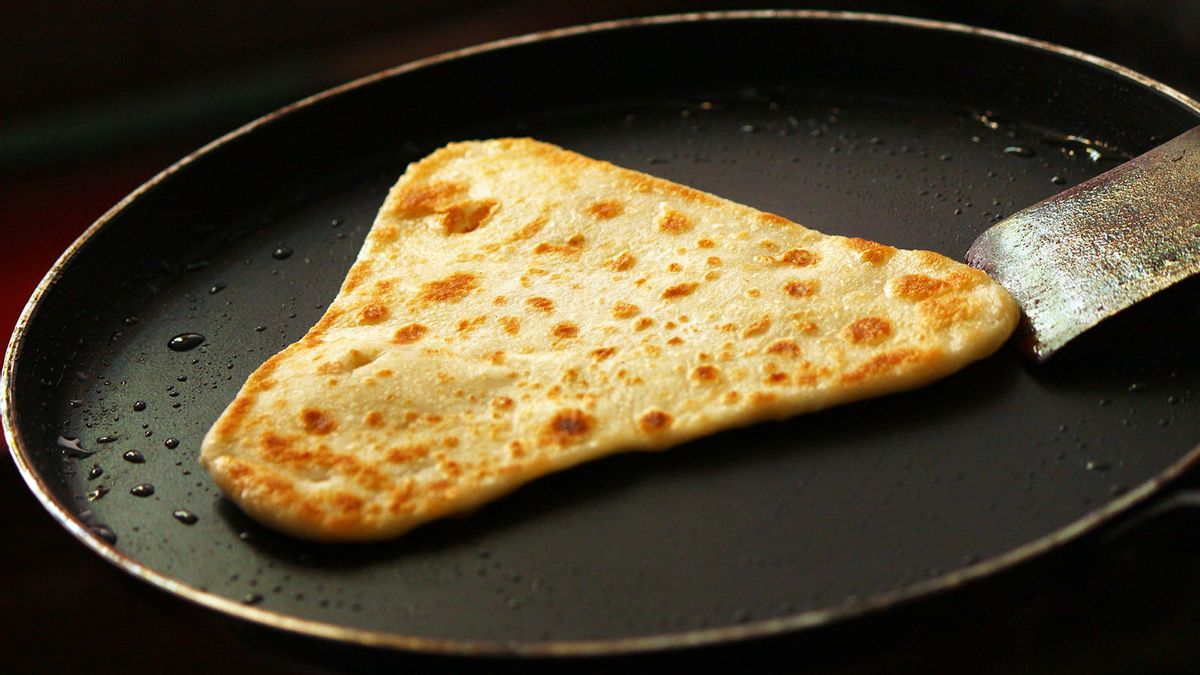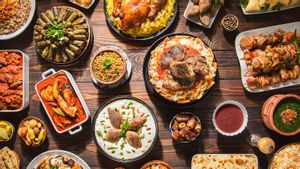A good quality non-stick pan has the ability to transform your cooking game. Apart from daily sautéing, frying, searing and other cooking techniques, non-stick cooking utensils are also very useful in preparing low-fat meals.
You can get away with using just a couple of drops of oil, butter or ghee to keep your food from sticking. The reason for this is a black non-stick coating, which is nothing but food-grade high-performance fluoropolymer, known as polytetrafluoroethylene or PTFE. We recognise this coating as Teflon.
Teflon, however, is a trademarked brand name devised by Chemours, a chemical company previously known as DuPont.
All of PTFE’s durability apart, non-stick coatings eventually wear off. But you can increase the longevity of your non-stick pan by adopting some simple best practices.
1. Season your pan
Even though your pans may come with a label stating that no oil or grease is needed, seasoning your pan prevents food from getting stuck to the bottom, especially in the first couple of uses.
“The first ground rule for using a non-stick pan is to properly season it by applying a thin layer of oil,” explains Vivek Kalia, Executive Chef, Indore Marriott Hotel. Doing so, he adds, helps guarantee no uneven spots on the pan surface, allowing the cookware to perform better and extends its utility time.
It’s a simple process—add a little oil or ghee, just enough so that it coats the non-stick pan evenly. Wait for the oil to get hot properly, you’ll see it shimmering in the light. Now add your food to the pan.
2. Use them for specific tasks
Non-stick pans make cooking a breeze, but these utensils aren’t meant to cook all kind of meals with equal success. “Non-stick pans come in handy when it comes to cooking foods that are delicate or more prone to breaking. Especially for food items that tend to release their own oils and fats while cooking, causing the food to stick to the bottom of the pan,” says chef Kalia. However, when it comes to foods that have a longer cooking duration, your non-stick pan can fail you.
Refrain from cooking or storing acidic foods such as your tomato-based curries and gravies, since they can quickly wear out your pan’s coating. “You can use your non-stick pan to cook food items such as eggs, fish, dosas, rice noodles, stuffed parathas, bread, vegetable cutlets, and even cheese-based items like quesadilla or any sukhi (dry) sabji, which consumes a lot of oil,” says chef Kalia.
Lastly, while some non-stick pans are oven safe, pay attention to the instructions that come in the manual or read the labels carefully.
3. Keep sharp objects away
Your non-stick pans always need extra TLC. This is, both while cooking, as well as cleaning. Once the non-stick coating gets even a small scratch, your food will start sticking and eventually, the coating will start to peel off,” explains chef Kalia. Therefore, avoid sharp metal utensils that can scratch your non-stick cookware.
Instead, invest in spatulas and ladles made of wood, rubber or silicone. When cleaning non-stick pots and pans, avoid harsh cleaning detergents and wool, metal or sharp scrapers and pads. They can easily erode the PTFE coating. For everyday cleaning, just use a soft sponge, cloth pad or dishrag with a bar of non-abrasive dish soap or detergent suggests chef Kalia.

4. Avoid drastic temperature changes
Most non-stick pans come with a heat warning label. That said, cooking on low or medium heat is highly recommended for longer shelf life. Cooking at a high temperature can cause your non-stick pan to warp, affecting the PTFE coating and making it lose some of its non-stick properties. Also, a warped pan doesn't distribute heat evenly which affects the quality of cooking, informs chef Kalia.
And no matter what, always allow your non-stick pans to cool completely before placing them in the sink or soaking them in some soapy water. Drastic changes in temperature, from hot to cold, can damage your pan’s non-stick coating.
5. Gentle cleaning and safe storage
Scrubbing or wiping too hard can ruin your non-stick utensils earlier than you expect. “If the food is really stuck, skip the scrubbing and allow the pan to soak in a lukewarm soapy solution for a while,” suggests chef Kalia.
It’s important that you clean your pan within an hour or two of cooking; waiting for too long increases the risk of leftover grease finding its ways into the coating of non-stick pans. When done, wipe your utensils with a soft cloth to prevent them from rusting.
Don't forget that non-stick utensils need gentle handling and storing practices; place some paper towels or napkins in between the utensils to avoid the bottom of another utensil from scratching the surface of others, suggests chef Kalia. This simple practice will help avoid any scratching and chipping.
6. Know when to bid farewell
The average lifespan of a non-stick pan is around five years, depending on the quality and how you treat them. There are signs indicating the end of your non-stick pans life, keep an eye out for:
- Signs of rust
- Uneven surface
- Peeling of the coating
- Food sticking to the pan
Any of these signs and it’s retirement time for your non-stick pan




